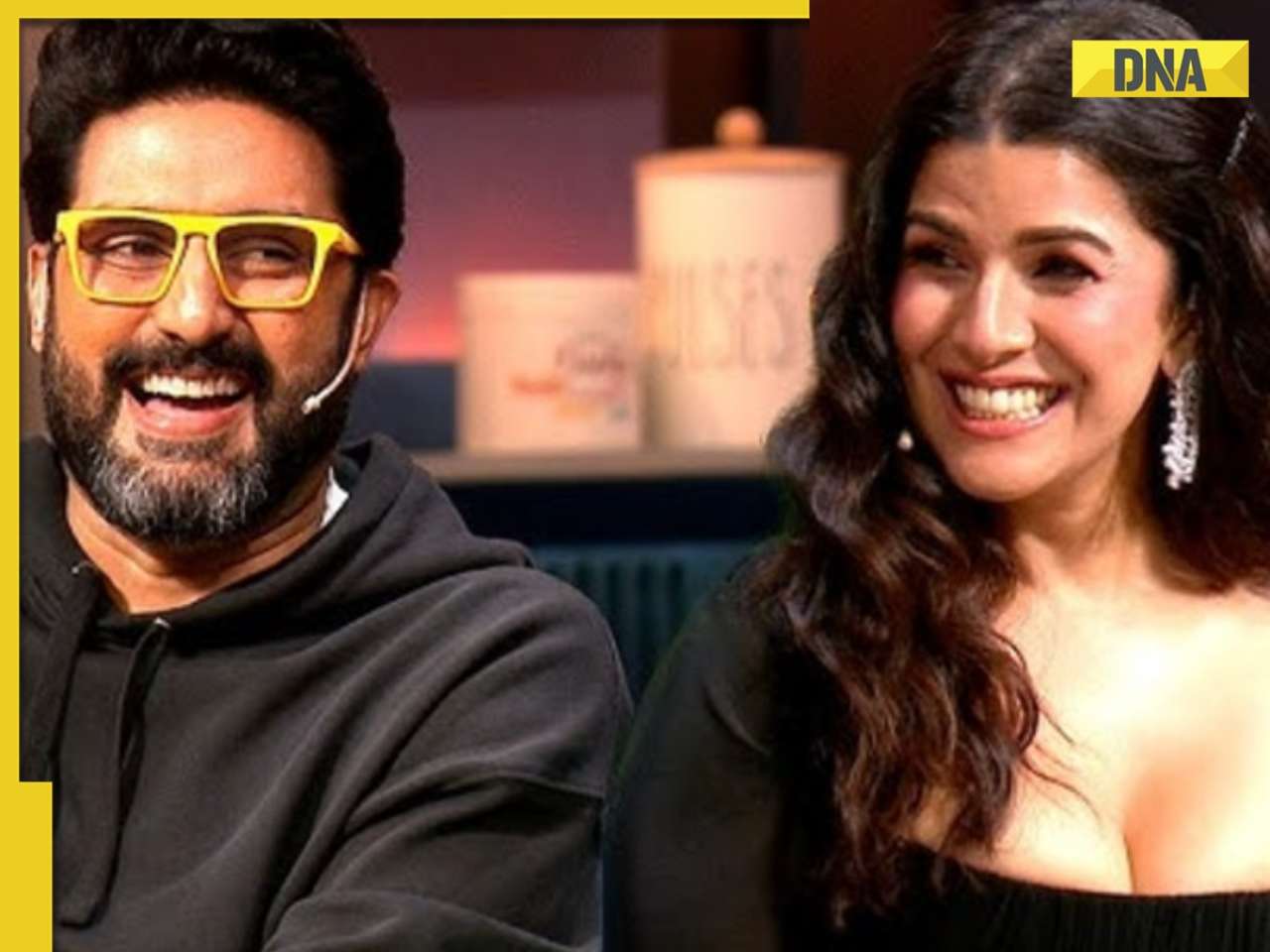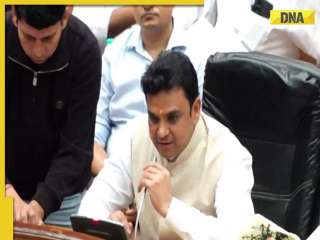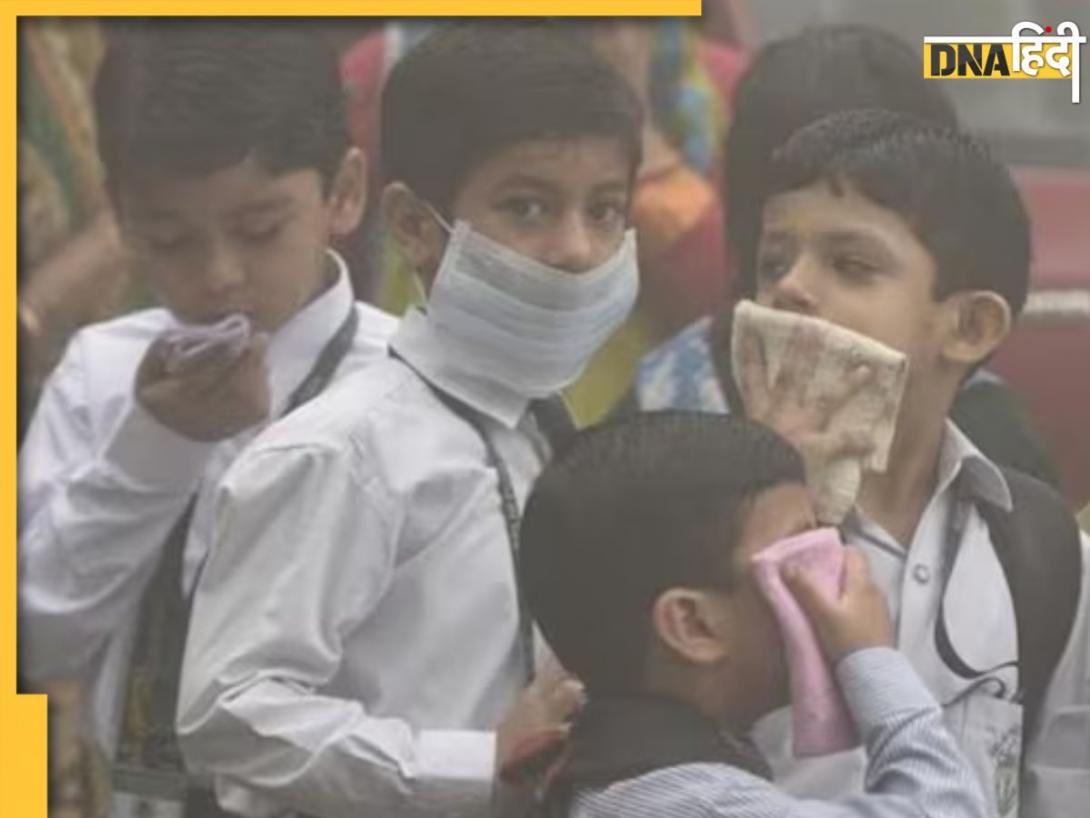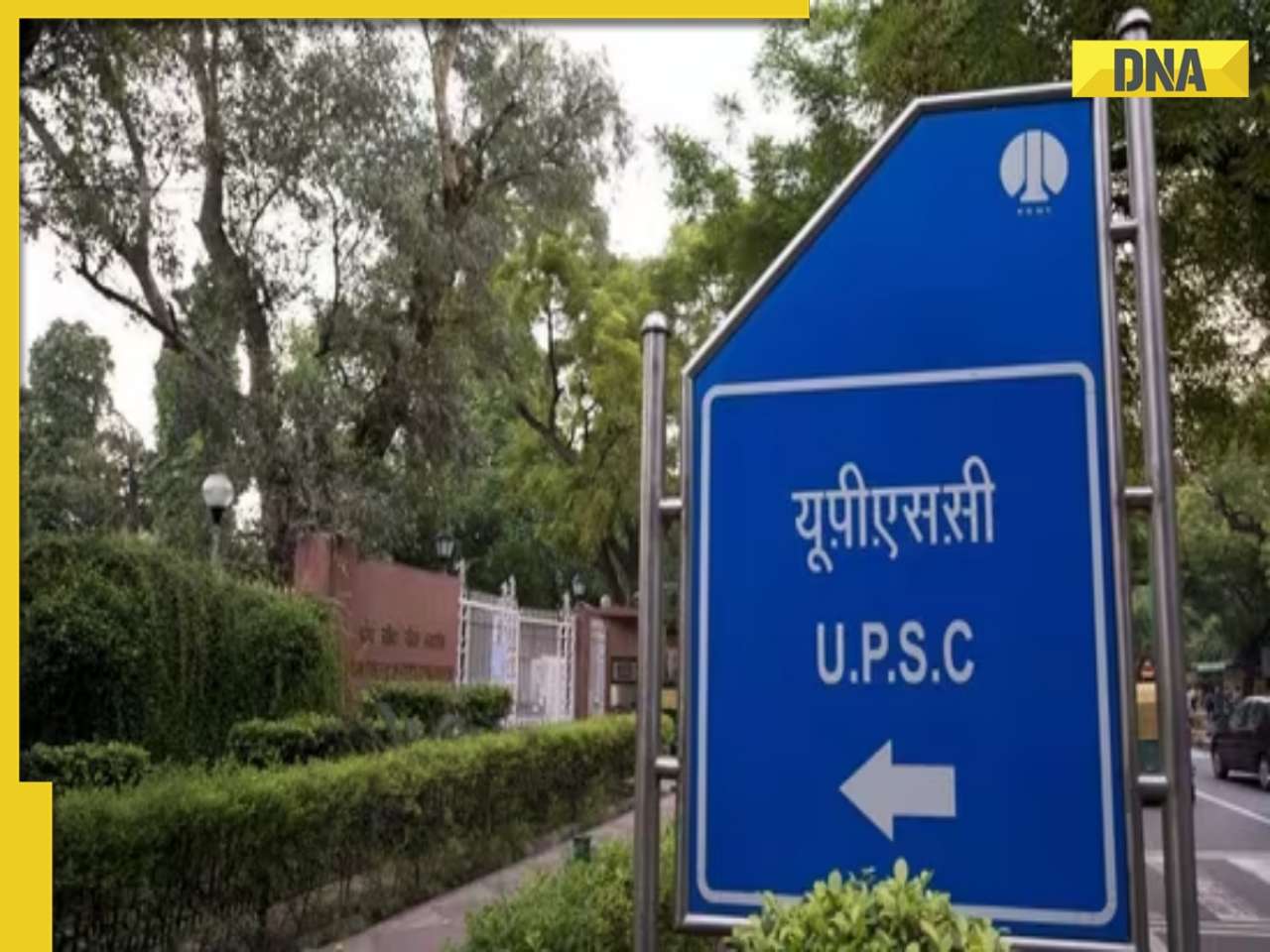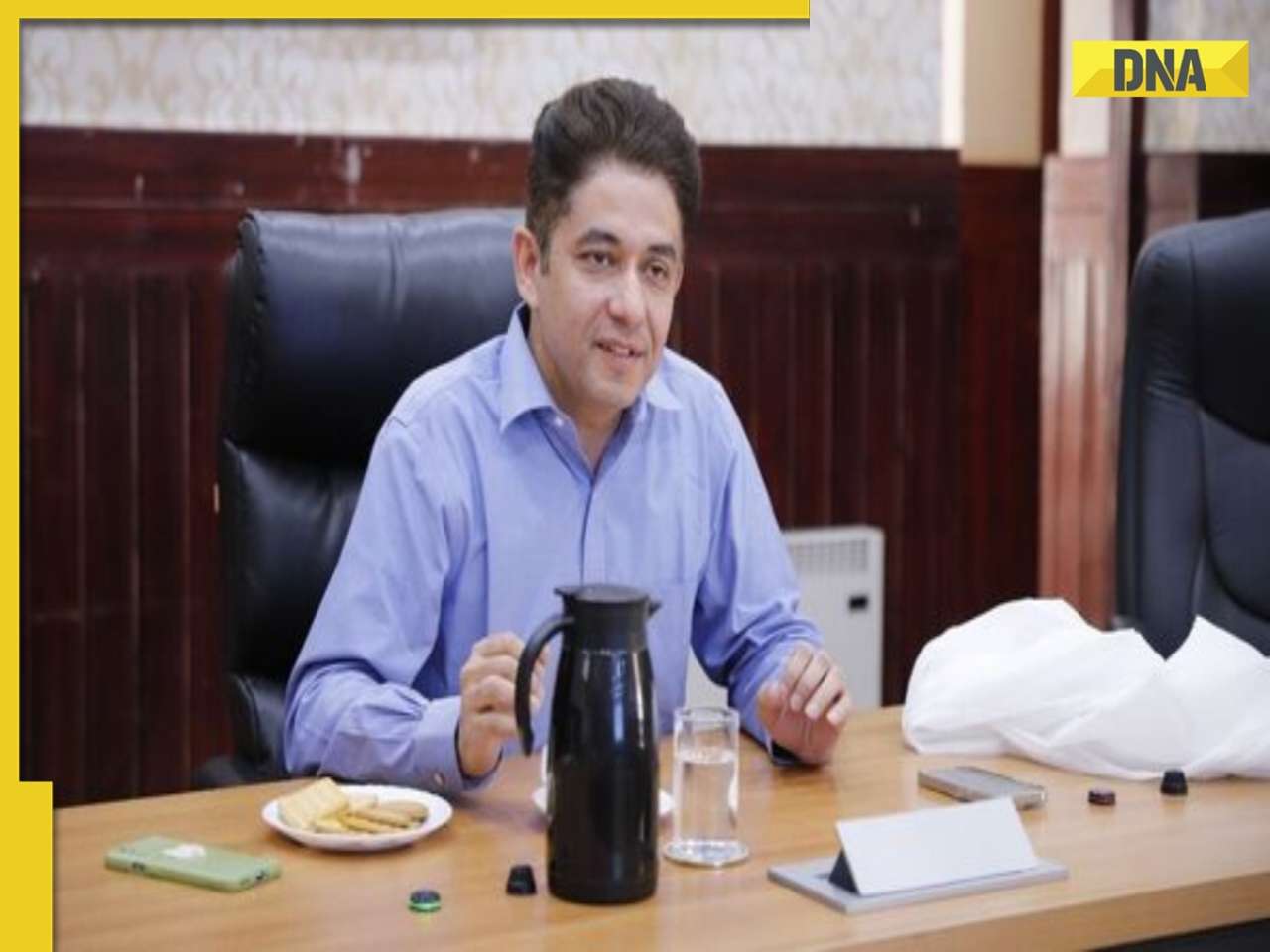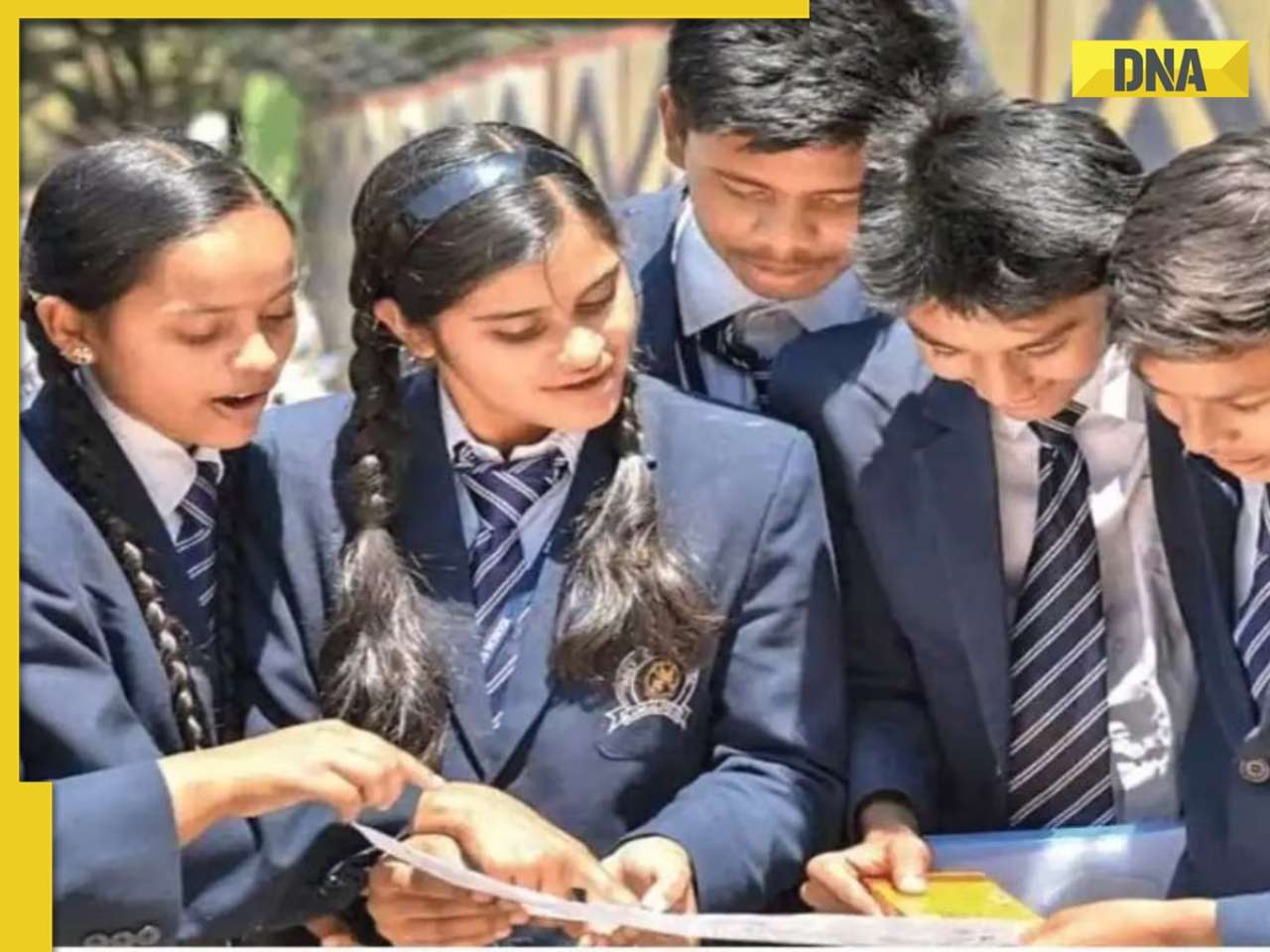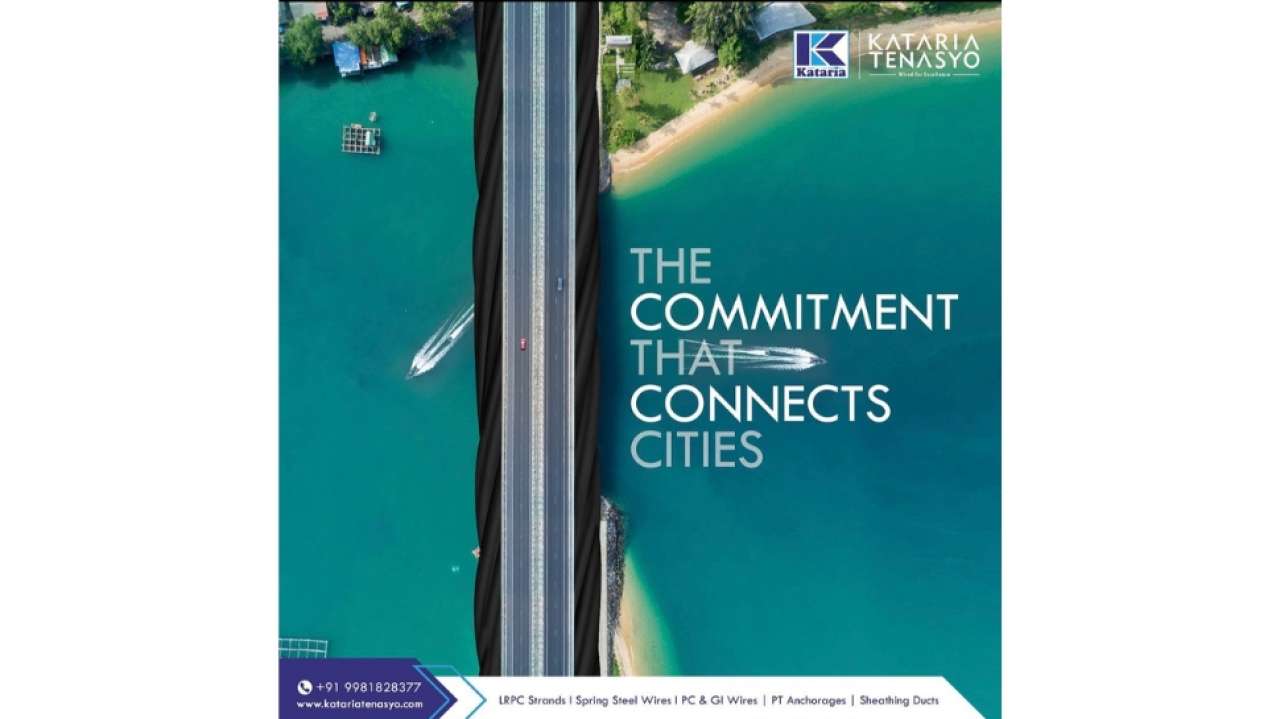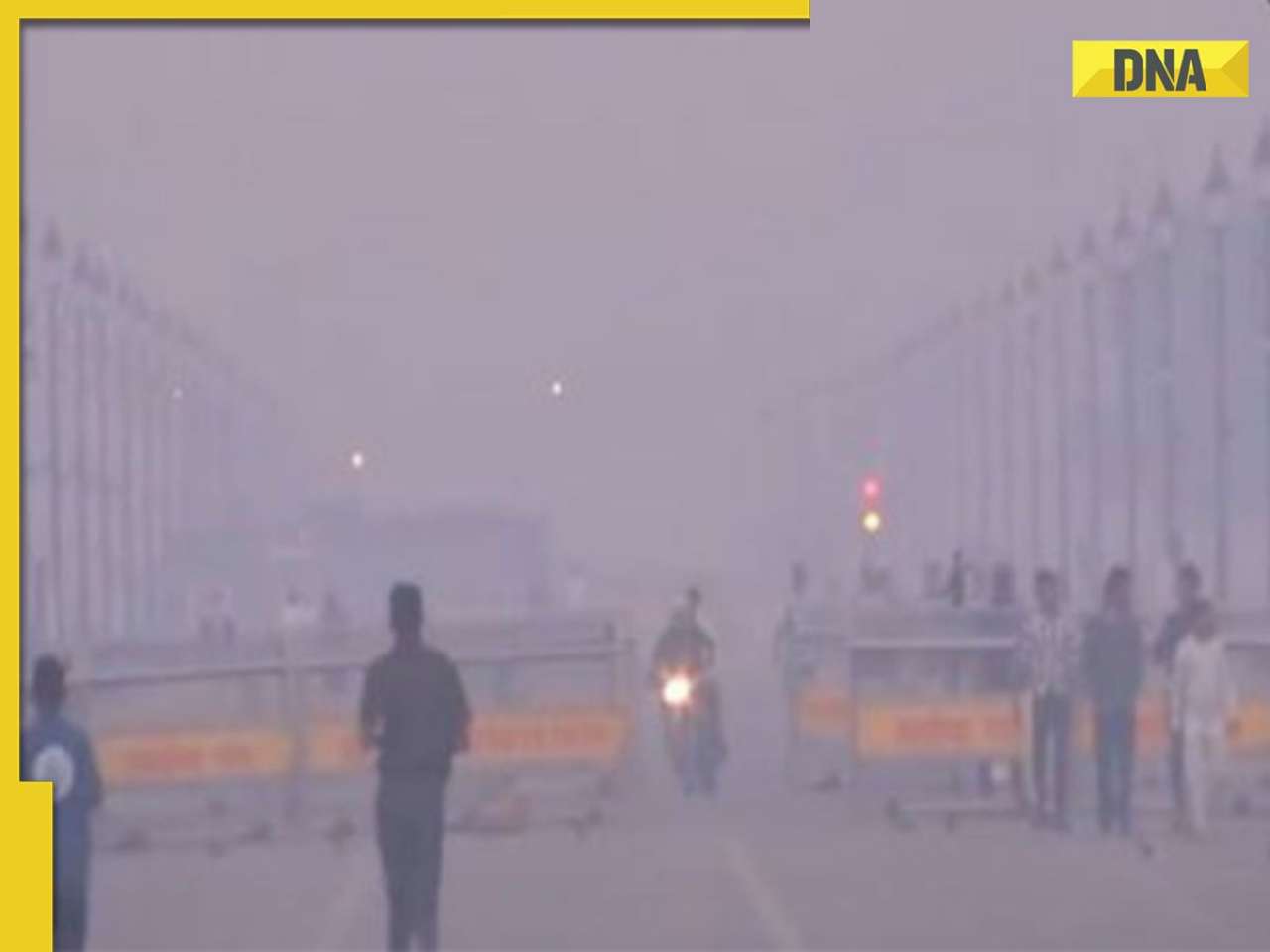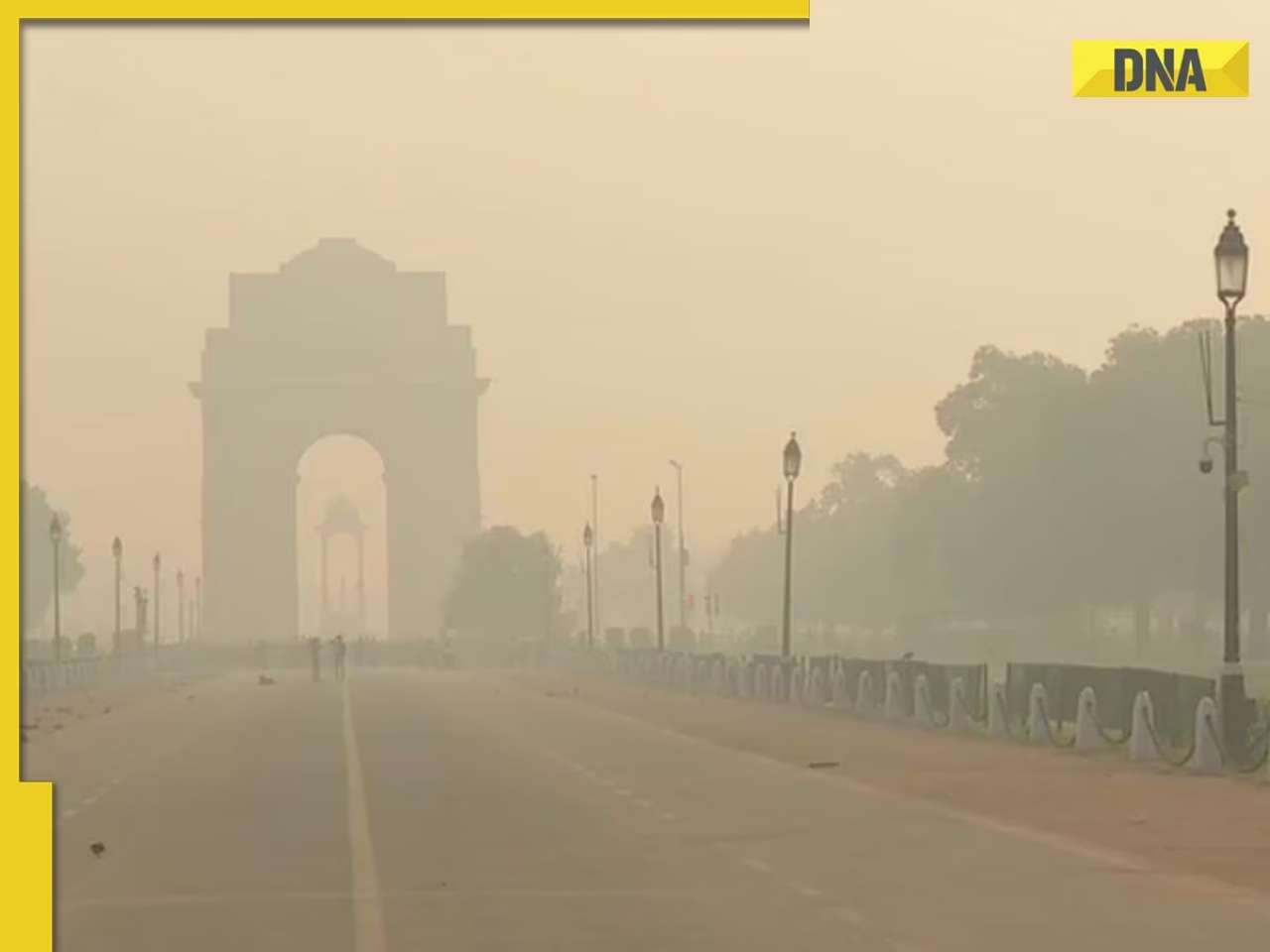- LATEST
- WEBSTORY
- TRENDING
ANALYSIS
Gulf Co-op Council can help India achieve its economic goals
India’s dependence on GCC for import of oil & gas drives India-GCC trade dynamics
TRENDING NOW
Gulf Cooperation Council (GCC) consisting of Saudi Arabia, the United Arab Emirates (UAE), Qatar, Oman, Bahrain, and Kuwait remains central to India’s foreign policy. Prime Minister Narendra Modi has been pushing for much stronger and vibrant relationships with GCC. In his recent visit PM Modi convincingly projected the idea of a New India in front of the business and political leaders of GCC. As per the World Bank Ease of Doing Business rankings 2018, India’s entry to the list of top 100 countries suggests that business dynamics under the Modi regime are changing faster than before. Introduction of Insolvency and Bankruptcy Code Act 2016 and amendments thereafter, liberal foreign investment policies, strong economic growth driven by robust domestic demand enabled India to strengthen its position amongst the top 10 host economies in the world in 2017. PM Modi has extended an invitation to members of GCC to proactively invest in India and reap rich dividends.
Today, the economic and development challenges before the GCC are humongous; which demand a stronger and cohesive action plan. Possibly, a stronger trade partner like India could play a cardinal role in the greater socio-economic integration of GCC. As per the Ministry of External Affairs, by the end of 2016 nearly 8.5 million non-resident Indians were residing in GCC. Key representatives of Indian diaspora community in GCC have been acting as catalysts to improve bilateral and multilateral relationship with India. A stronger presence of Indian diaspora is already contributing towards socio-cultural diversity and economic prosperity in GCC. Further, India serves as an important source of skilled and semi-skilled human capital for GCC. Presence of millions of Indian diaspora in GCC demonstrates high people-people interaction and cross-border mobility. India offers human capital with a high level of cultural sensitivity and adaptability to meet the emerging demands of GCC. On the other hand, GCC offers rich source of external employment opportunities for Indian workforce. In the context, over the year India and GCC have mutually created a win-win situation for each other.
GCC-India trade relationship is quite robust. India’s dependence on GCC for import of oil & gas drives India-GCC trade dynamics. Due to softening of oil & gas prices, India-GCC total trade fell from $158.5 billion in 2012-13 to $96.9 billion in 2016-17, registering a negative compounded annual growth rate (CAGR) of 9.3 per cent during the period. During the period, India’s total import from GCC registered a negative CAGR of 12.6 per cent and total export to GCC registered a negative CAGR of 3.7 per cent. Consequently, during the period India’s trade deficit with GCC declined from $57.6 billion to $13.4 billion.
Among GCC members, UAE has been the biggest trading partner of India with a total trade of $52.7 billion in 2016-17, lower than $75.4 billion in 2012-13. With UAE, India achieved a trade surplus of about $10.7 billion in 2016-17 from a trade deficit of $2.8 billion in 2012-13. Incidentally, 2.8 million NRI are serving UAE; which means India-UAE partnerships are beyond trade.
Indian expatriates working in GCC contributed close to $35 billion, 56 per cent of the total remittance received by India in 2016. Indian expatriates working in UAE remitted $12.6 billion in 2016, which is 20 per cent of the total $62.7 remittance received by India in 2016. Indian expatriates in Saudi Arabia remitted over $10.2 billion to India in 2016.
In the GCC, Saudi Arabia- the second largest trading partner of India with total trade exceeding $25 billion in 2016-17, which was $18.7 billion lower than the corresponding value in 2012-13. During the period, India’s import in terms of $ value from Saudi Arabia declined which could be ascribed to falling oil price. Simultaneously India’s export in terms of $ value to Saudi Arabia registered declining growth.
At the highest level, PM Modi is constantly striving to improve the relationship with GCC countries. In order to strengthen diplomatic, socio-cultural, and economic ties with GCC PM Modi visited Saudi Arabia, Qatar, United Arab Emirates and Oman. During his visits, he has projected India as the land of opportunities; which offers wider scope for collaboration in the areas of trade, digital economy, science, technology, space research, energy, defence, skill development, and many other allied sectors. India’s constant efforts resulted in persuading Abu Dhabi National Oil Company (ADNOC) of UAE to fill 0.81 million tons or 5,860,000 million barrels of crude oil at ISPRL storage facility at Mangalore, Karnataka. This move certainly augurs well for ensuring oil supply security during an emergency.
Foreign direct investment is one area which is high on Modi government’s agenda. During April 2000-September 2017, UAE was the 10th largest investor in India in terms of FDI amounting to the tune of $4.95 billion. Other GCC members collectively invested only $767 million; India must push hard to attract investment from these economies. Saudi Arabia being the largest economy in GCC only invested $78 million in India which needs to be harnessed in the long-term. In the recent past, Saudi investors have shown an inclination to increase their investment in India. According to Saudi Arabian General Investment Authority, the areas which are on their priority list for investment in India include infrastructure, energy, manufacturing, transport, education and healthcare.
The author is Head of Department of Management Studies at Rajiv Gandhi Institute of Petroleum Technology







)
)
)
)
)
)
)
)
)
)
)
)
)
)
)
)





